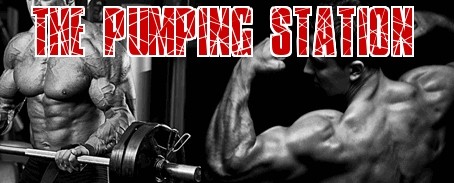Continuous Tension Training
Continuous tension training is not a new concept and has been used by bodybuilders for years, because it works. Continuous tension is the same as time under tension (TUT) where science has now proven to us that the more TUT the better the muscle growth potential, to a point.
Bodybuilders who have been training a while know very well that maintaining continuous tension when doing any movement will not only make the weight you are lifting more difficult to lift, but it will increase the muscle building results that you get from training like this.
Continuous tension is easy to apply on a single joint movement like biceps or triceps but it gets a little complicated when applying this simple strategy to compound movements like the big four. It is no secret that when we lock out on a compound movement like bench-press or squats we reduce tension.
When continuous tension is applied correctly you would not lock out on any compound movement. It reducers the TUT and in the long run will reduce the rewards you get from training. There are a few tricks that can help you to maintain continuous tension.
If we take a complex movement training the back muscles, you can very effectively increase the tension in the movement by flexing your chest muscles (the antagonist of the upper back). When doing this you will immediately feel the extra tension in the lift which may force you to lower the weight you're using.
When doing a compound movement like squats your first concern would be to maintain continuous tension by not locking out when you get to the top of the squat. More importantly however, the tension you can apply to the movement to make it more difficult by tensing the antagonist which would be the abdominals, would significantly increase the continuous tension.
The same principal can easily be applied when doing a single joint movement like barbell or D/B curls. If you concentrate on flexing the antagonist which would be the triceps, you will be able to dramatically improve the continuous tension in the targeted muscle.
Click Here to Sign Up for Your Free Bodybuilding Magazine Subscription
